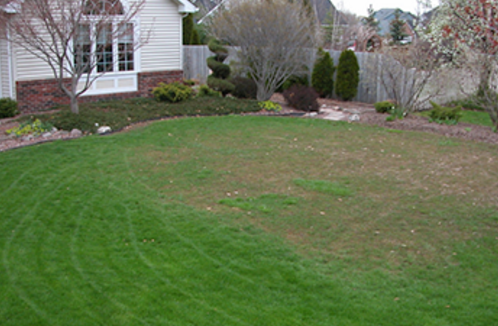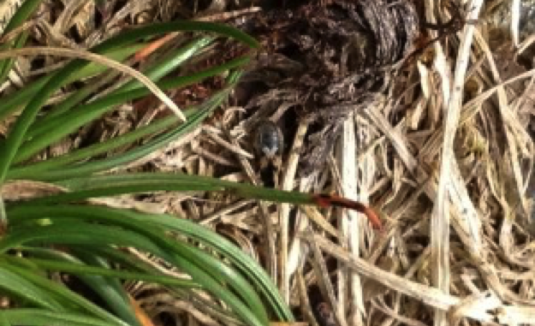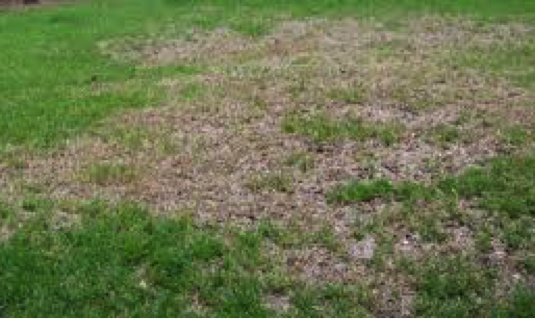Lawn Insects
If left untreated, insects can cause significant damage to your lawn and garden. Insect control begins with the identification of the insect causing damage. Some insects can only be controlled at certain times during their life cycles. GoldenRule will apply needed solutions at the right time and placement to remove damaging insects from your lawn, while protecting the natural beauty and ecosystem of your property.
Images of Lawns That Have Been Damaged by Insects
Top 5 Most Damaging Insects to Your Lawn
(Treated with Home Insect Control GoldPlan)
European Crane Fly
The European crane fly is a common pest in the Northwest. Adult insects resemble an oversized mosquito and often perch on lawns or the flat walls of a home. Larvae, called leatherjackets, hatch in the fall and feed on grass roots through the region’s mild winter.
Cutworm/Armyworm
Cutworm and armyworm larvae chew and cut blades around the crown. Damage begins in small, irregular spots and spreads to patches extending many feet in width.



